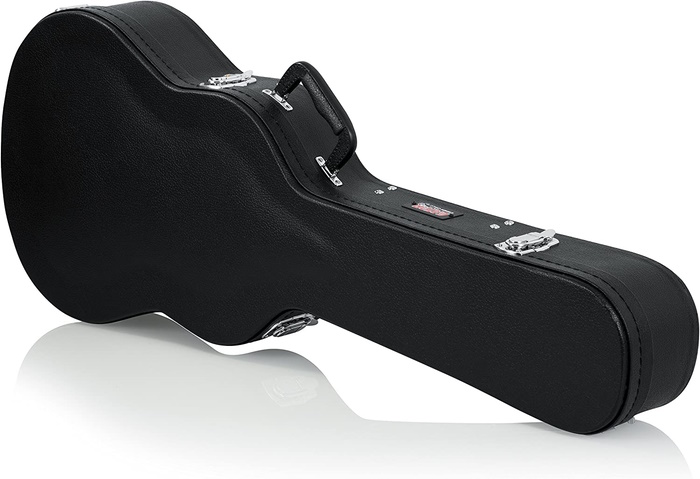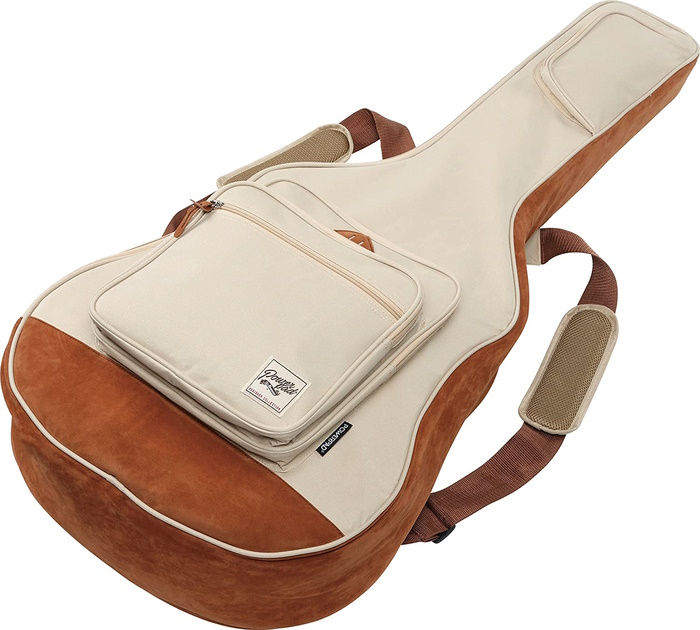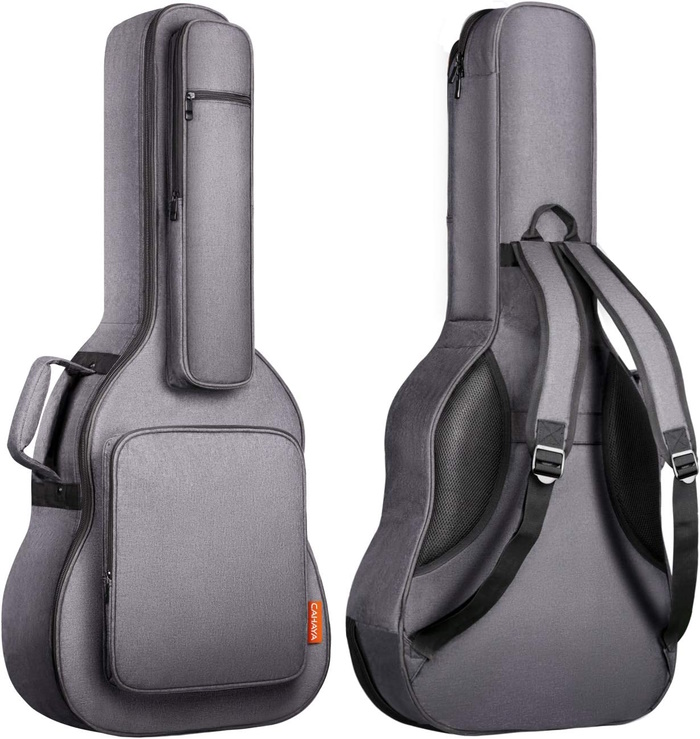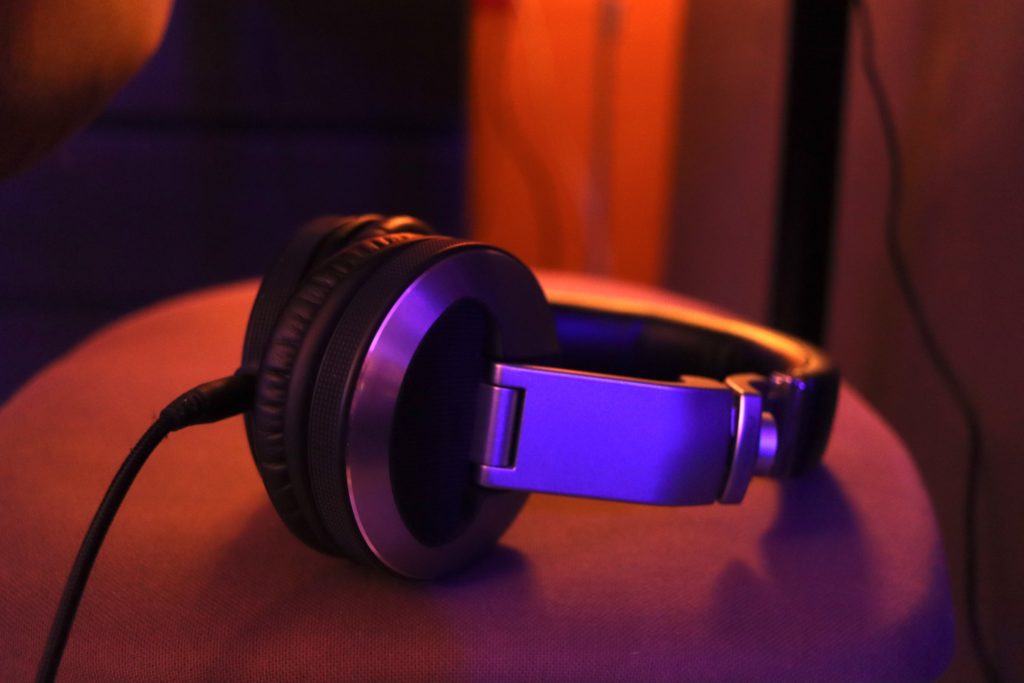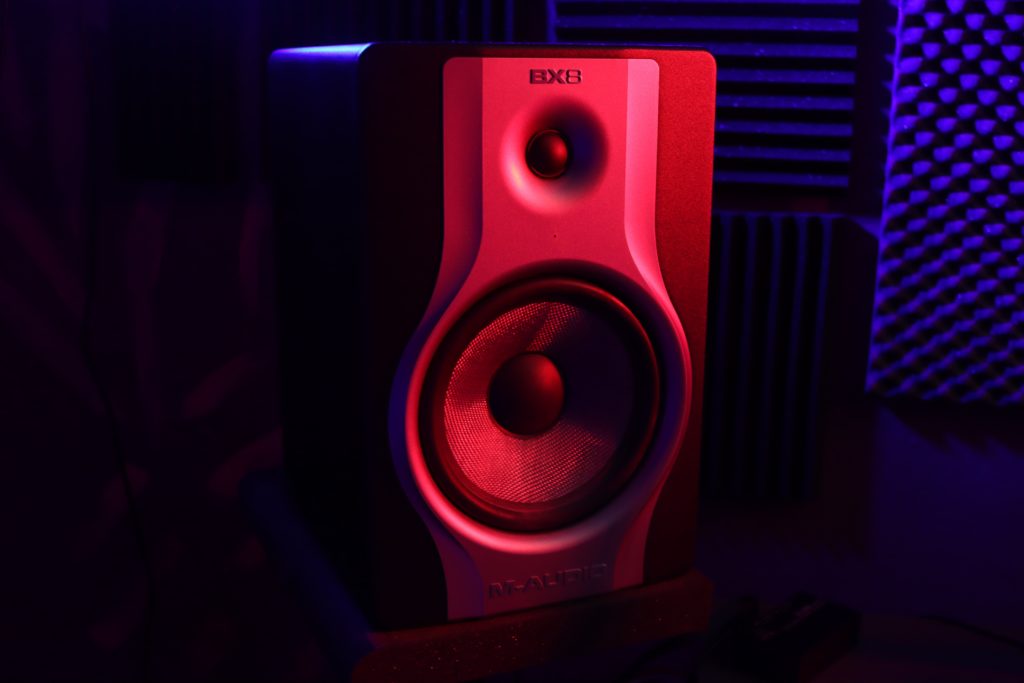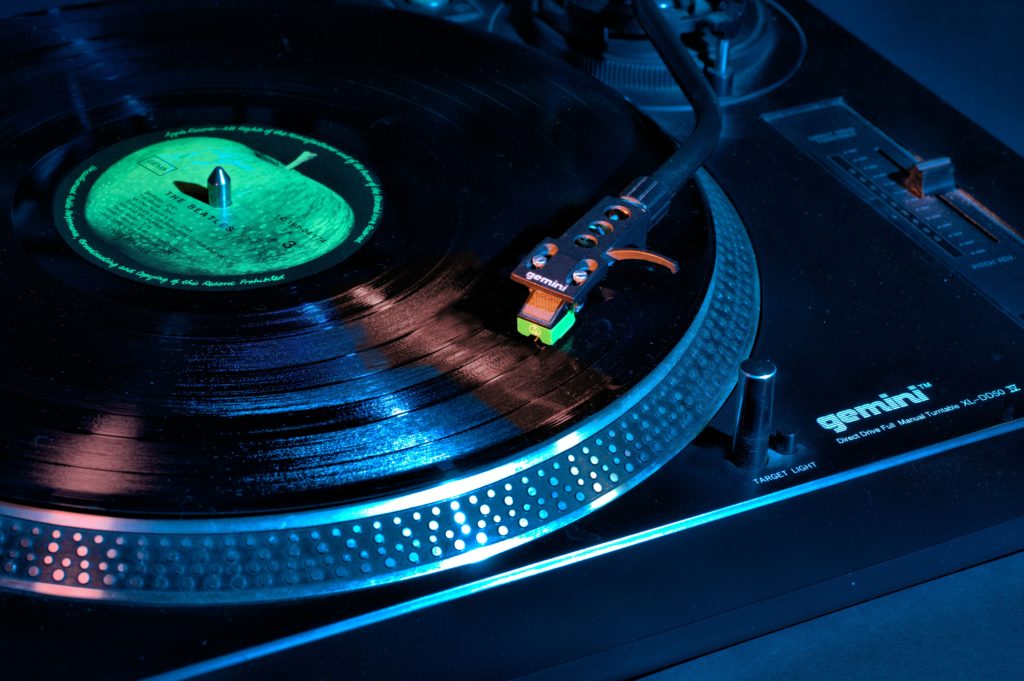The Best Acoustic Guitar Bags and Cases
Every great musician needs a high-quality, durable case to carry and protect their guitar. Here are some of our favorite picks.
If you’re regularly on the road with your 6-stringed friend, whether that be taking it to gigs, band practice, or using it for any other occasion, a strong guitar case is necessary for easily being able to easily transport it around while making sure it doesn’t get damaged. Even if you’re only planning to take it with you casually to a jam or practice session, or you want to make sure it’s locked and safe in the place where you store it in your house or apartment, a great guitar case will ensure that your prized possession is well and truly safe.
Of course, there are a few different types of guitar cases out there; you have lightweight cases which are soft and flimsy but still offer a high degree of protection against scratches and grazes; whereas others are heavy-duty cases that have a hard outer shell with inside padding that keeps your instrument in a rigid position while it’s stationary or being carried at your side. You can also purchase cases that come with a ton of pockets for storing extra strings, picks, sheet music, cables, and capos. Some are even big enough to store pedals!
As you can get so many different options in terms of size, weight, material, and room for accessories, these are important factors you’ll want to consider when you’re looking to buy a case for your guitar. You’ll also want to think about how much you’re willing to spend, as cases range from $25 all the way up to a few hundred bucks. Naturally, the more you’re willing to spend, the better quality and more long-lasting your guitar case will be. That being said, we’ve put together a shortlist of great guitar cases and bags suitable for a range of budgets that you will find currently on the market right now.
If you haven’t yet purchased a guitar, definitely check out our guide to the Best Acoustic Guitars for under $750 for inspiration!
Gator is possibly the world’s largest specialist when it comes to guitar cases. While they have a massive range of top-quality cases, what you get with this model is a plastic “tough-as-nails” exterior with a durable skirting made from aluminum. For the interior, you’ll find a plush and foamy material lining that keeps your guitar snug and cozy when it’s being transported or not in use.
All materials in this case are water-resistant, but you also get a protective rain cover to add an extra layer of protection which can be easily stored and tucked away in the headstock area. The side walls are also ultra thick to ensure every angle of your guitar is protected.
To ensure you don’t damage your instrument’s finish, the case is lined with a microfleece. This also extends to the neck cradle and does a fantastic job at keeping the neck of your guitar firmly in its place. The extra padded cushion also doubles up as a shock absorber that you can place under your acoustic to protect the interior if you so wish.
For those who require a few pockets and some extra storage space, the case has no end of little nooks and crannies to put your tuner, picks, strings, and other nicknacks. It also features a zip pocket with smaller inside pockets located on the lower end of the front panel.
Pros
- Protective rain cover
- Shock-absorbing base cushion
- Plenty of storage space
- Micro-fleece interiors with thick padding
- Adjustable/removable backpack straps
Cons
Summary: To ensure you don’t damage your instrument’s finish, the case is lined with a microfleece. This also extends to the neck cradle and does a fantastic job at keeping the neck of your guitar firmly in its place. The extra padded cushion also doubles up as a shock absorber that you can place under your acoustic to protect the interior if you so wish.
Why We Recommend: If you’re searching for a strong, sturdy, weather-resistant case that comes with an ultra-plush liner, this gig bag is most definitely worth your consideration. Not only is it extremely well built and comes with lots of storage, it’s also highly affordable and is made by one of the most trusted and reliable brands in the industry.
Ibanez cases are designed (and famous) for two distinct purposes – a) they are extremely affordable but don’t lack in quality, and b) they come in multiple different designs so musicians can let their personalities shine through and not have to succumb to the traditional, boring all-black gig case.
Along with its stylish aesthetic and smart design elements, both the bottom and sides are padded sufficiently to protect your guitar from damage and knocks. If you’re planning to hike long distances with your guitar, however, this case isn’t the most backpacking friendly. It’s built to handle dreadnoughts and small jumbo guitars, after all, as well as 000-sized guitars.
The good news is that its size makes it like a backpack in itself—you can store everything from a laptop to headphones in the case’s oversized pocket, and you’ll also find three other pockets that will accommodate smaller things like a tablet, accessories, and other small musical paraphernalia.
The case also features heavy-duty zippers, which are high quality and color matched. It’s always good to opt for a case with strong zippers as these are typically the first parts of the case to wear down or become damaged. One thing to note is that this isn’t a case where you lay the guitar in as the main zipper does not go up all the way— you’ll need to physically pack your guitar away after every use.
Pros
- Great value for money
- Sleek and smart design
- Lots of storage space
- Powerpad bottom and sides
- Color-matched zippers
Cons
- Zippers prone to wear and tear
Summary: Size makes it like a backpack in itself—you can store everything from a laptop to headphones in the case’s oversized pocket, and you’ll also find three other pockets that will accommodate smaller things like a tablet, accessories, and other small musical paraphernalia.
Why We Recommend: Ibanez is a trusted guitar case brand that has stood the test of time when it comes to the quality and durability of its products. The IAB541 is full of pockets and is suitable for most large model guitars despite not being the most ideal for long hikes. However, if you’re looking for something that offers protection and style at an affordable price, this really is a great option.
If you own a guitar that only sets you back $200, you might think spending another 100 bucks just on a guitar case is a bit steep. That’s why a guitar case from Cahaya is a great alternative option to ensure you get high-quality protection for your instrument without making a big dent in your budget. The range starts from $25 to $50, and each one is lined with nice thick padding to hold the neck in place and prevent scratches on the finish.
If you’re looking for an even more eco-friendly option, you can swap out the padding for a thick layer of reinforced foam instead. This measures in at about 0.5inches and cuts the price tag by nearly half. The inside of the case is still made of scratch-resistant cloth, and the sides also have a soft lining to preserve the finish on your guitar.
You’ll also find that the neck cradle is padded to prevent the case from having harsh contact with the strings in the upper interior bout, and there is also a thick padded, fully adjustable velcro strap. To absorb knocks and shock when you’re transporting your guitar or walking through bustling crowds, the case also has a rubberized base that adds an extra layer of protection.
In terms of storage, all of Cahaya’s cases offer a plethora of well-placed, spacious pockets and are capable of storing laptops, tablets, headphones, as well as other essential guitar bits like picks, capos, tuners, and strings. In addition, the case features a large front pocket that can hold a foldable guitar or music stand.
Although the backpack straps are not removable, they can easily be adjusted and are extremely comfortable to wear on your shoulders and bag for long periods of time. You’ve also got a vertical carry handle, subway grip, plus a loop handle for hanging your guitar on a wall.
Pros
- Lots of storage space
- Great for those on a budget
- Ultra-thick lining and padded walls
- Moveable internal neck support
- Fits jumbo and dreadnoughts perfectly
Cons
- Smells a bit funny
Summary: The neck cradle is padded to prevent the case from having harsh contact with the strings in the upper interior bout, and there is also a thick padded, fully adjustable velcro strap. To absorb knocks and shock when you’re transporting your guitar or walking through bustling crowds, the case also has a rubberized base that adds an extra layer of protection.
Why We Recommend: Cahaya may not be as established as some of the other brands on this shortlist, but every time we’ve bought a case from them, we’ve been more than satisfied with our purchase. And considering the price, the materials, stitching, and construction are definitely on par with the cases at the higher end of the scale.
Conclusion
Whether you’re planning to store your guitar in the general comfort of your home or you’re looking to get rockin’ and rollin’ and take it on a gear-packed tour bus to play lots of gigs, the best acoustic guitar cases will make sure your guitar is properly shielded from all forms of damage and potential mishaps.
The cases we’ve listed here are ideal for every kind of player, and regardless of your safety and protection needs, investing in one provides the best level of care you could ever give to your treasured acoustic.
FAQ
When shopping for a new guitar case, the first thing to consider is whether you want a hard shell case or a soft bag. This is important because hard cases are heavier than soft cases and they are also less portable. Soft cases also tend to have backpack straps that enable you to wear and easily carry your instrument on your back. On the flip side, a hard case will offer more protection from impacts and knocks than a soft case and do a better job at keeping the neck in place. Another thing you might want to think about is storage space. If you plan to stuff your strings, picks, laptop, and other bits in your case, you’ll want something with a few zip pockets that will keep it safe.
If you have a pretty decent guitar and don’t want to risk it getting scratched or damaged, this is a good enough reason in itself to invest in a high-quality guitar bag or case. Not only will it protect your instrument, but it will also make it much easier to transport around with you if you plan to use it for gigs or jamming with friends.
As mentioned, hard cases are a lot heavier than soft cases, but they offer more protection than the latter. They are also more expensive and bulkier than soft cases. All this being said, we’ve begun to see some extremely durable and affordable gig bags in recent years which are lightweight and easy to carry around but offer just as much protection as a hard case.
Body shape plays another big factor when you’re shopping for a guitar case, as it’s not always a one-size-fits-all scenario with some guitars. Some are built especially for specific models, like a dreadnought or a Fender Strat, whereas others are generic and will fit everything from a Les Paul and a Tele to a PRS, SG, etc. If you’re not sure whether your guitar will fit the bag or case you want to buy, it may be worth looking it up on the manufacturer’s website or calling the customer support team from the site you plan to buy it from beforehand.
Many manufacturers and merchants will include a carry case when you purchase a guitar, but these aren’t usually the best quality and are more of a temporary protection sleeve for you to use until you get a proper bag or case.
If you’re someone who tours and spends the majority of their time on the road, a flight case, which is the beefy cousin to the hard case, may offer you much better protection. It’s called a flight case, after all, which means it’s built to handle being thrown around in the cabin section of an airplane and other rough situations where people might not necessarily handle your instrument with delicate fingers.
These cases come with reinforced corners, aluminum bumpers across each edge that’s exposed, alongside heavy-artillery latches, and foam interiors that you can customize to your liking. They also feature swivel castors and lots of room to slap on your air carrier stamps and “fragile” stickers. Even though they are the king of guitar cases, they are extremely bulky and heavy and can set you back quite a few bucks. The shape means they can also be pretty awkward to get up and down a flight of stairs.
This is why, if you’re just starting out or have a crazy-stupid expensive guitar, we probably wouldn’t advise buying a flight case just yet, but if your music takes you somewhere and you find yourself jetting around for gigs more often than not, it could definitely be worth getting one at this point.

